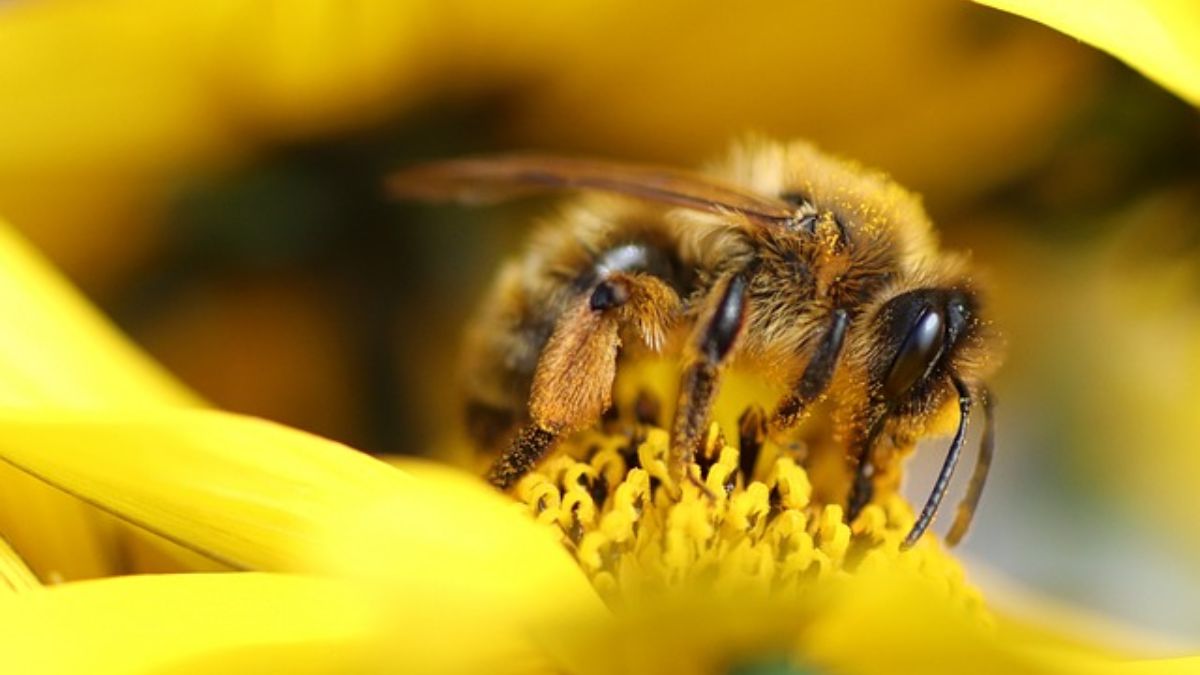Spring brings us blooming flowers and warm weather, but for many people, it also means that allergic reactions are starting.
As the plant begins to grow, flowers release pollen, and more than a million people start sneezing, having runny noses, and looking for ways to feel good. But an allergy to plant pollen is less harmful than it sounds, mainly because pollen seasons do not last forever.
The average pollen season for trees usually runs from February to May, while grass pollen begins to be produced from April to June. The weed pollen is different, as it can last from August to November.
The schedule can vary based on a specific geographical area, so pay close attention to local pollen forecasts and pollen counts. The more pollen there is in the air, the more opportunities there are for people with allergies to develop their daily lives.
Regarding this question, the good news is that usually, people start to feel better by June, as the tree and grass pollen season ends. The bad news is that for those allergic to weed pollen, the season starts to finish super late in the season, meaning late fall. Frequently, the remedy for people are packs of antihistamines and nose sprays, but some people would like to have a more natural approach.
The natural way includes rinsing eyes and noses with a saltwater spray that can help wash out pollen. Another way is washing the hair to remove pollen and then wiping the eyelids with a towel.
Some supplements, like butterbur, may also give relief, but it’s always best to talk to a doctor before trying new remedies, especially for those with other health issues or during pregnancy.
While pollen season can be hard, understanding when it happens and taking steps to feel better can help people with allergies breathe easier. So, whether you use medicines or natural solutions, don’t give up – clearer days are coming.


